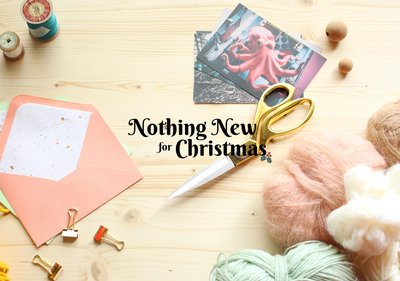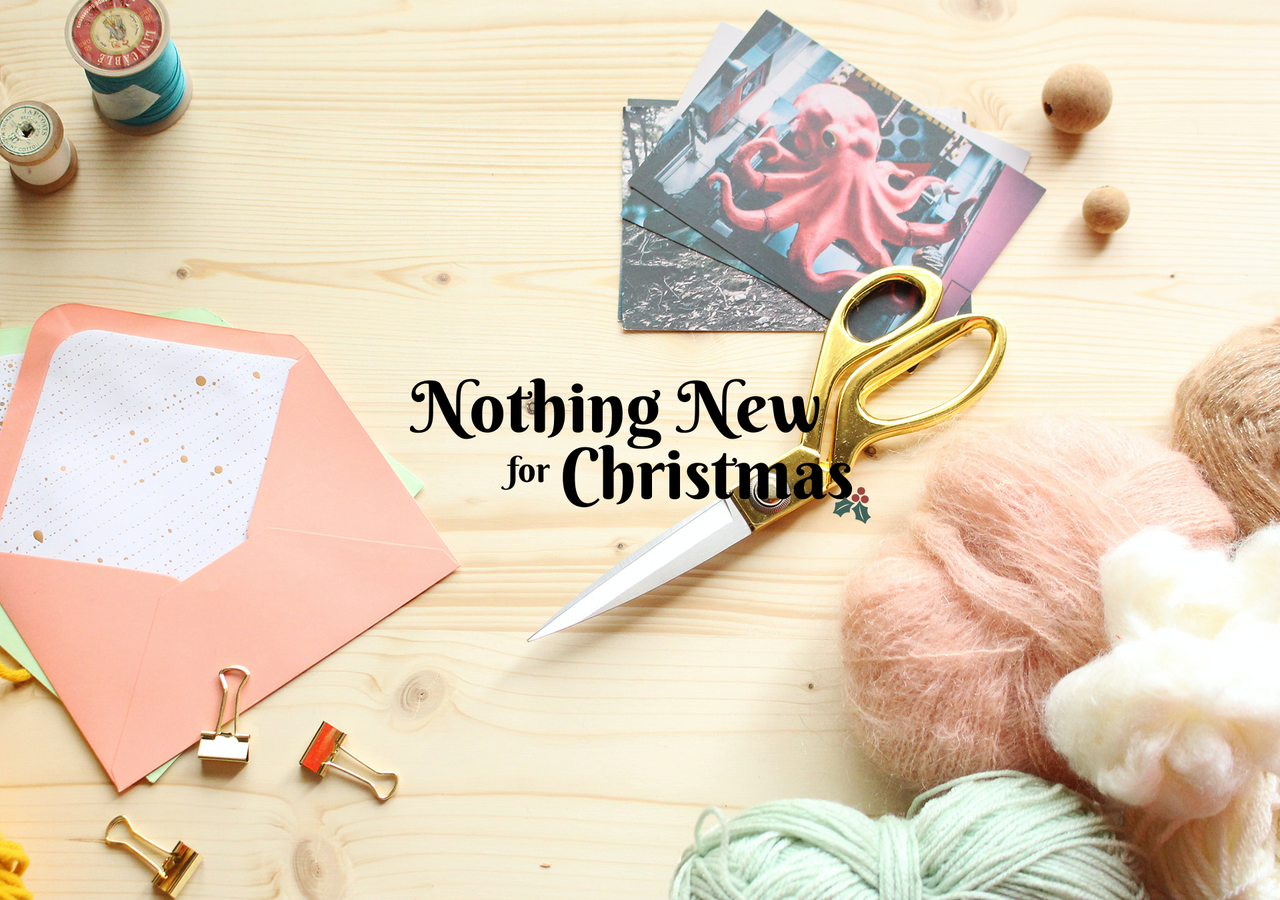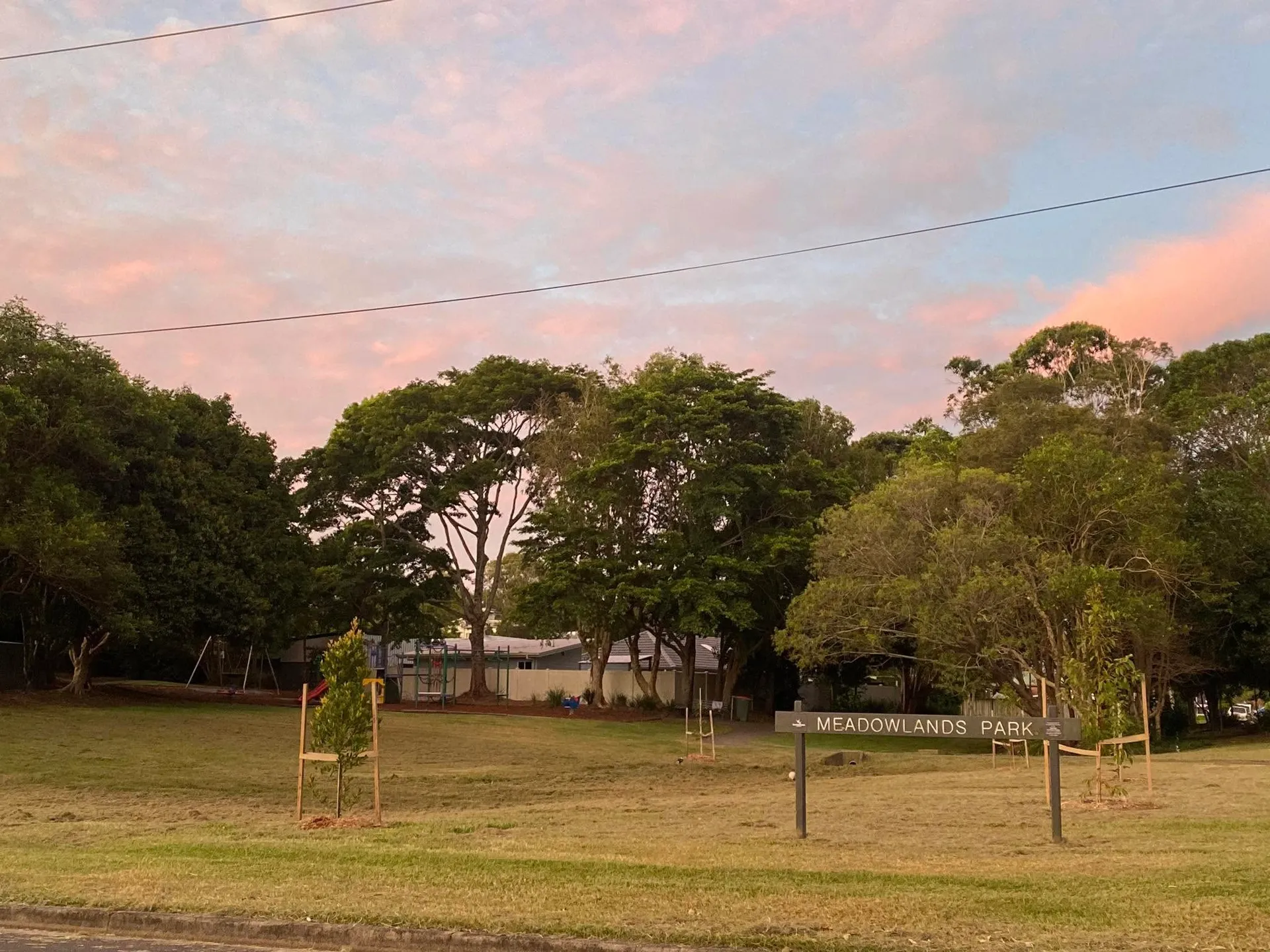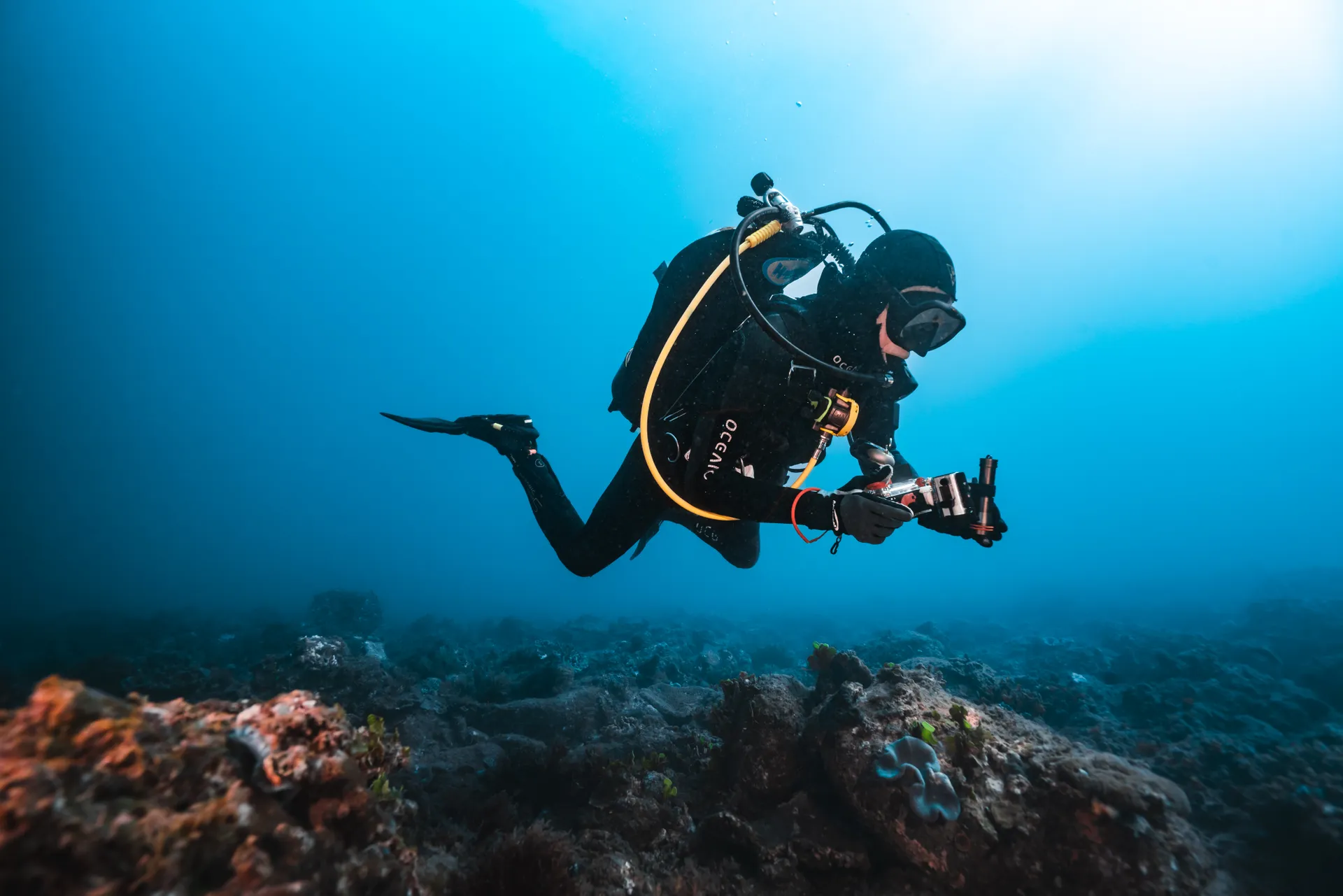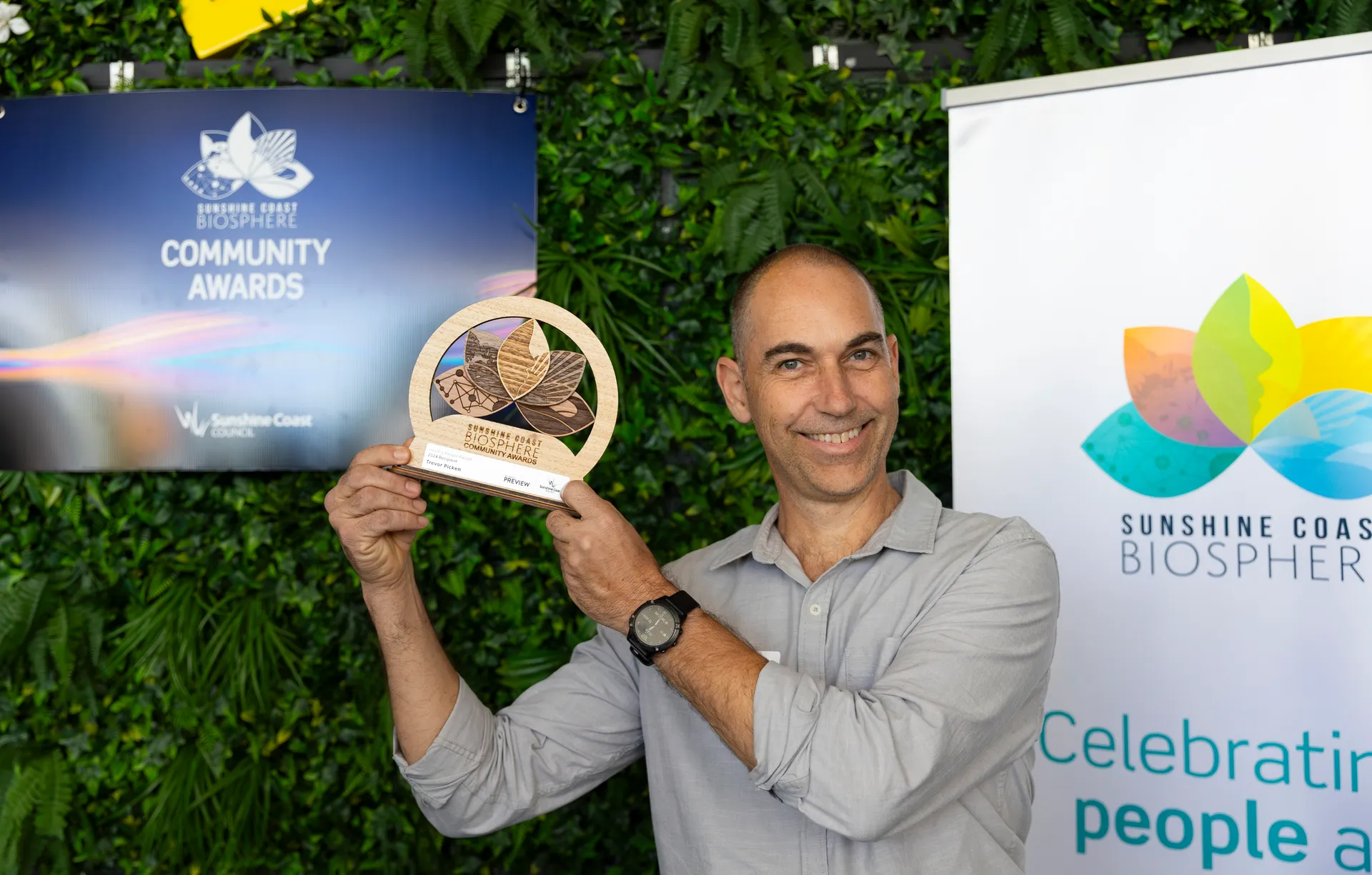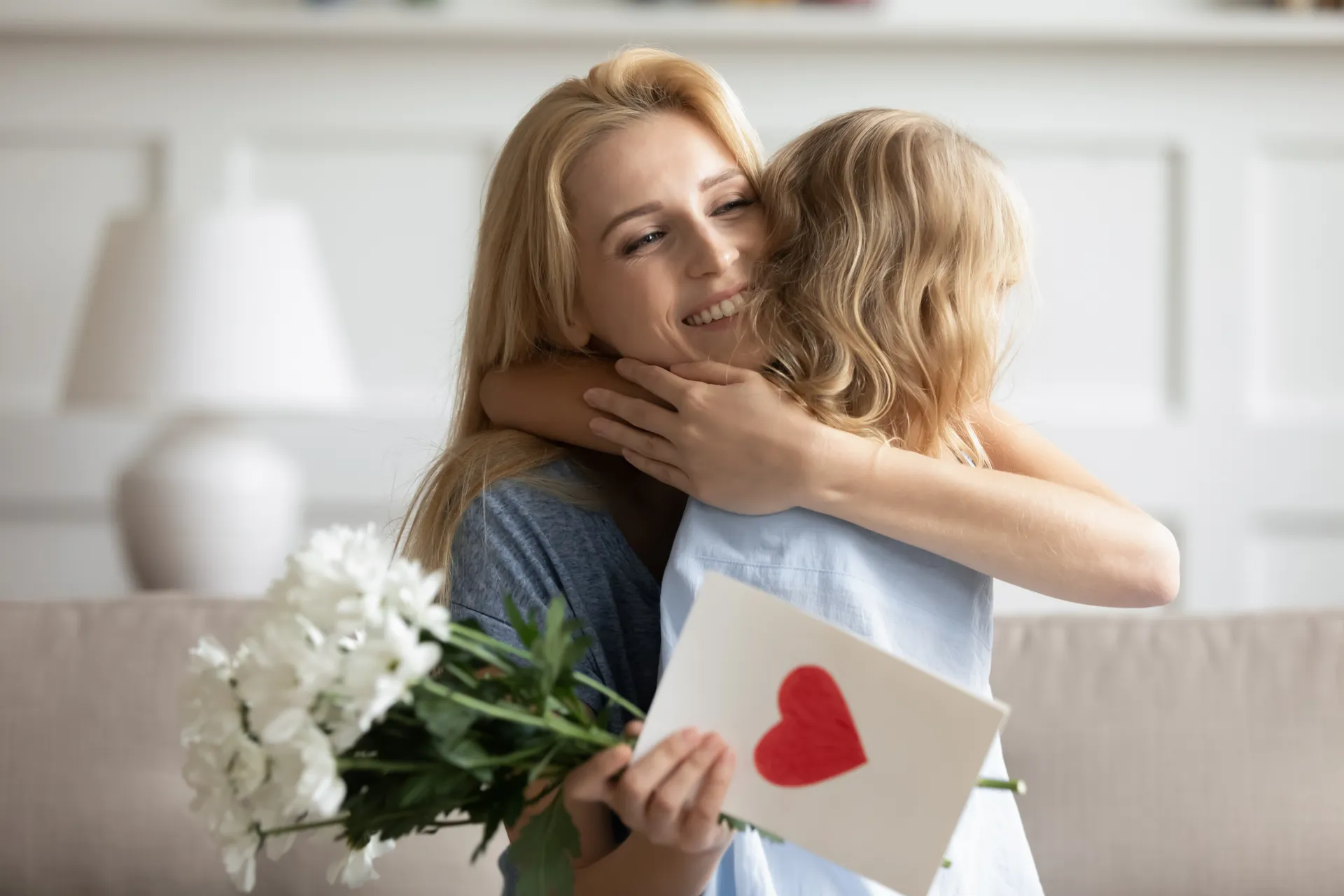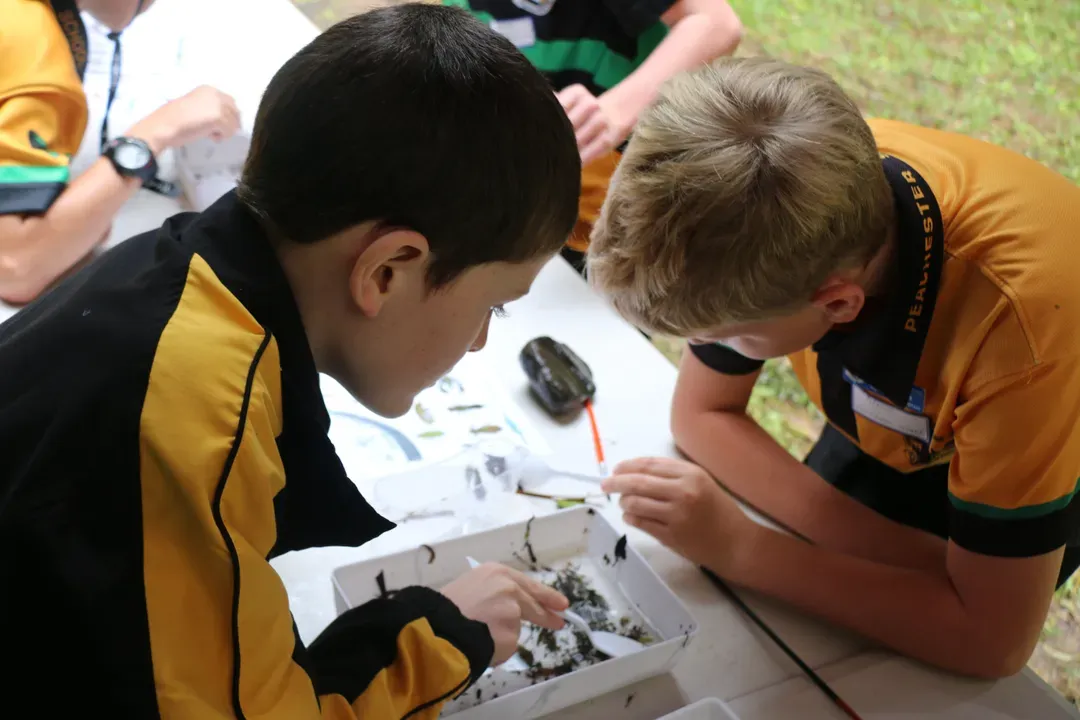Eco-friendly sanitary products: join the reusable revolution
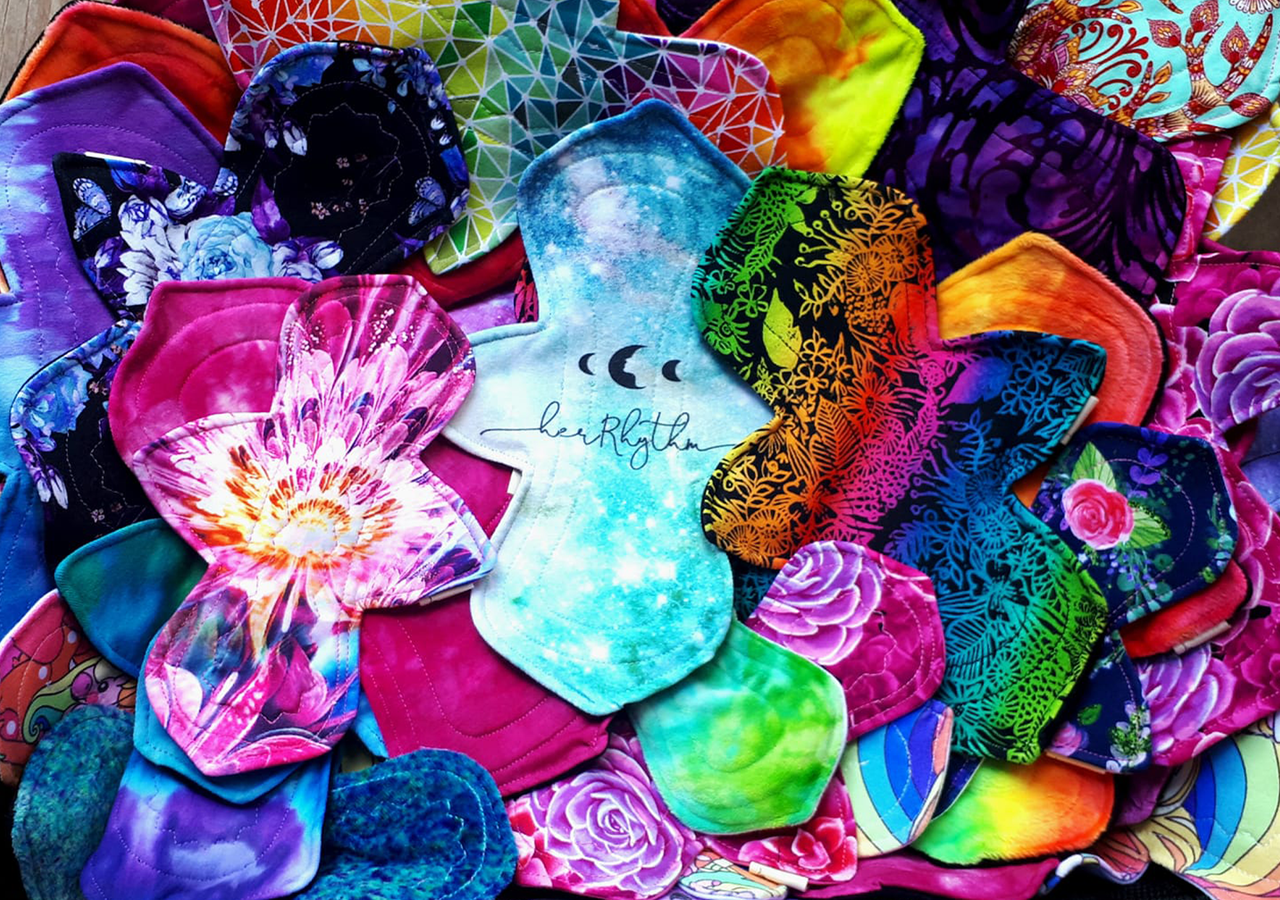
Periods. It’s a topic that has always been a bit awkward to talk about. But shining a spotlight on the amount of waste generated by single use sanitary products is fuelling a revolution in the way we think about periods and sparking conversations about alternative options.
The figures are staggering…Three hundred million tampons are sold in Australia every year and over a lifetime, each person who menstruates uses up to 15 thousand single use pads and tampons. Almost all of the waste from those products and their packaging ends up in landfill.
But more women are choosing reusable menstrual products over traditional single use options than ever before. And with reusable period underwear and menstrual cups starting to pop up in supermarkets, making the switch has never been easier.
Single use menstrual products: the facts
The environmental impact of our sanitary product choices is significant.
- Each person who menstruates fills on average a small shopping bag full of waste every month.
- That equates to around a small wheelie bin full of waste every 13 months.
- Australians use around 800 million single use sanitary products annually.
- Pads take 500 to 800 years to break down.
Most single use sanitary products are packaged in plastic and many contain plastics or synthetics.
According to Choice, “the production of sanitary pads involves oil extraction, processing and production of low-density polyethylene (LDPE), with the associated CO2 emissions.”
Tampons are generally wrapped in plastic, resource intensive to manufacture and the cultivation of cotton for tampons involves some pretty nasty chemicals, including fertilisers and pesticides.
Reducing their environmental footprint was the incentive for three Sunshine Coast women who spoke with Living Smart about their journey to make the switch to reusable alternatives. All are members of the local War on Waste Facebook group, a supportive group where people share strategies for reducing waste and single use plastics in their homes and lives.
Renee from Coolum said going reusable for her period seemed like the obvious next step on the path to a more eco-friendly lifestyle. Renee switched to a menstrual cup about two years ago and hasn’t purchased a single use sanitary product since.
“I minimise waste in every other part of my life. I couldn’t justify using so many products for only a few hours and then chucking them out. The waste associated with the ongoing use of single use sanitary products was a key motivator for me,” Renee said.
Menstrual Cups
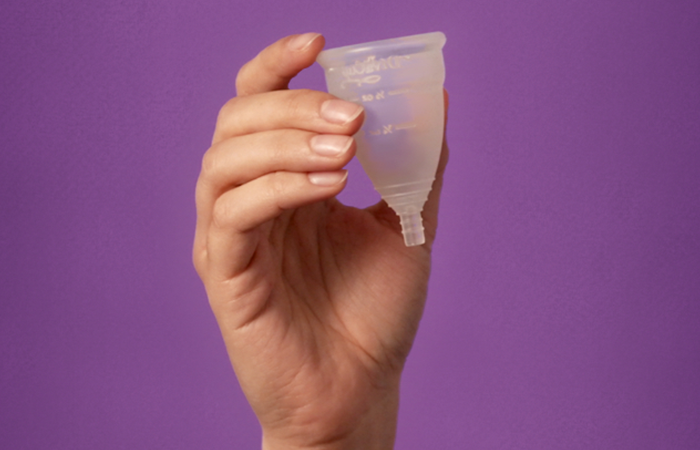
Menstrual cups are funnel-shaped cups designed to collect rather than absorb menstrual flow. Made from hypoallergenic rubber or silicon, they come in soft, medium or firm. Most brands offer two different sizes.
Menstrual cups are inserted in a similar way to tampons and, if used correctly, form a secure leak-free barrier. When they become full, they can be emptied, washed and reinserted. At the end of your cycle, they should be sanitised according to the manufacturer’s instructions (usually by soaking in boiling water).
Menstrual cups can take a bit of practice to use can be awkward to manage in public or workplace bathrooms. However, the women we spoke to quickly became hooked on menstrual cups and developed a new routine which works for them.
Benefits
- No strings
- Last 8-12 hours depending on the brand and your flow
- Creates a leak-proof seal
- Different sizes are available so you can experiment to find one that is right for you
- Many women only have one cup which can last 5 years or more, depending on the brand
Other benefits mentioned by the women Living Smart spoke with included convenience, cost savings and confidence they were not going to leak.
Bianca from Peregian Springs said she loves the fact she doesn’t have to run out to the shops every time her period arrives.
“The cup is always there waiting and ready to go. During my period, when it’s full, I just give it a wash and use it again. At the end of my period, it goes into in a cup of boiling water for a couple of minutes. Then it’s stored in the bag it came in, ready for next time,” Bianca said.
For Renee, not having to constantly change was a huge advantage.
“I can put it in before bed, sleep all night and remove it the next morning. For me, that is a huge benefit,” she said. “ I also love that I can swim at the beach or in a pool without hesitation because it doesn’t leak and there is no tampon string to think about.”
Cost: around $40-$50.
Popular brands: MoonCup, TOM organic period cups, the DivaCup and RubyCup (their buy a cup, give a cup program means that for each cup sold they donate a cup to someone who lacks access to menstrual care products).
A note of caution: it is recommended that people who have had Toxic Shock Syndrome avoid using menstrual cups. If you have an IUD, it is best to seek advice from your doctor first.
Reusable Cloth Pads
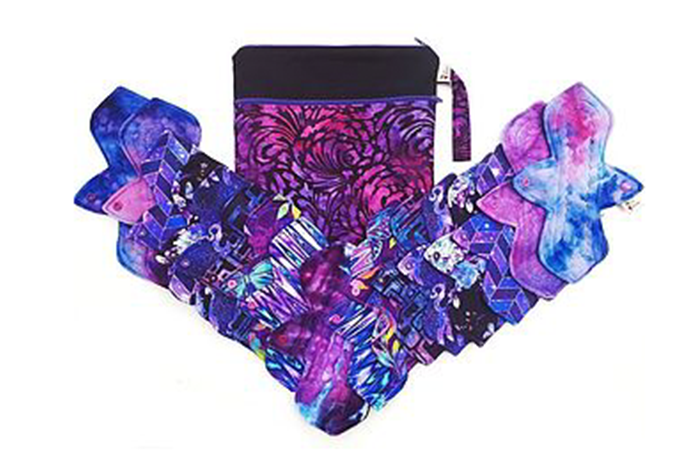
The concept of reusable sanitary pads has been around for centuries but modern reusable pads have come a long way in terms of shape, fit and comfort.
And the best part is they can come in a range of sizes and styles including funky prints and eco-friendly, soft fabrics. Most brands offer several levels of absorbency - from liners through to ultra for heavy days.
Reusable pads have wings that wrap around the gusset of your underwear and clip together with press studs. They work best when worn with well-fitting underwear.
Benefits
- Less chafing and irritation if you choose natural fabrics
- Easy to wash and reuse
- Can hold up to 2-4 tampons worth of fluid
- Machine washable
Mum of three, Vanessa was first introduced to cloth pads through a mums and bubs group when she was looking for something better for the environment and cheaper than single use options.
“I’ve been using cloth pads for about 8 years now. I find them more hygienic than single use pads. They don’t get as sweaty and there’s no plastic rubbing up against your skin,” she said.
“It helps to be organised and have enough pads to last a couple of days. Also, have a system for changing, soaking and drying. When I go out, I take a reusable wet bag that I pop used pads into, then rinse cold water when I get home and pop them into the wash.”
Choose reusable cloth pads and support local Sunshine Coast businesses by buying from Her Rhythm (check out their fabulous brightly coloured designs) or Eco Period.
Cost: $10-$20.
Period underwear

Period undies are designed to look like normal underwear but with added layers to absorb menstrual flow. Washable and reusable, they can be used instead of (or in addition to) pads or tampons.
Even Bonds is getting in on the act with their new range of “Bloody Comfy” Period Undies in a range of funky colours, cuts and absorbency levels. Other popular brands include TOM Organic period underwear, Modibodi and Love Luna. If you want to support local, try Eco Period, an online Sunshine Coast company that manufactures a full range of period briefs.
Period underwear can feel a little bulky and, like any pad, can become wet or leak if you leave them on too long. They can also take longer to dry so it is worth investing in several pairs if you’re keen to give them a try.
Benefits
- About the same level of absorption as a pad. Some claim to absorb the equivalent of two tampons worth of fluid.
- Excellent backup for wearing a tampon or menstrual cup.
- Can be good for people with sensitive skin if you choose options finished with natural fibres.
- Some brands have an optional booster to increase absorbency.
Cost: $20-$40.
The planet will thank you.

With so many options on the market, there’s bound to be a reusable sanitary product that meets your needs. If you’re still unsure, there loads of information online about how to choose, use and care for moon cups, cloth pads and period underwear.
And if you have a daughter, perhaps have a conversation about a wider range of options when she starts her period. Research shows that most people use the menstrual products they first use as a teenager for the rest of their lives so choosing reusable from the start could help prevent a lifetime of single use waste.
The Eco Period first period pack – zero waste kit for first periods is a great way to help young women choose zero waste/plastic free options.
Where to by reusable menstrual products.
- Eco Period Sunshine Coast (online)
- Her Rhythm Sunshine Coast (online and Nurcha stores)
- Nurcha Kawana and Maroochydore
- Grub Organics Pacific Paradise
- Speciality health and food stores
- Most major supermarkets
- Some chemists
Main image: Beautiful eco-friendly cloth pads by Her Rhythm Sunshine Coast.
